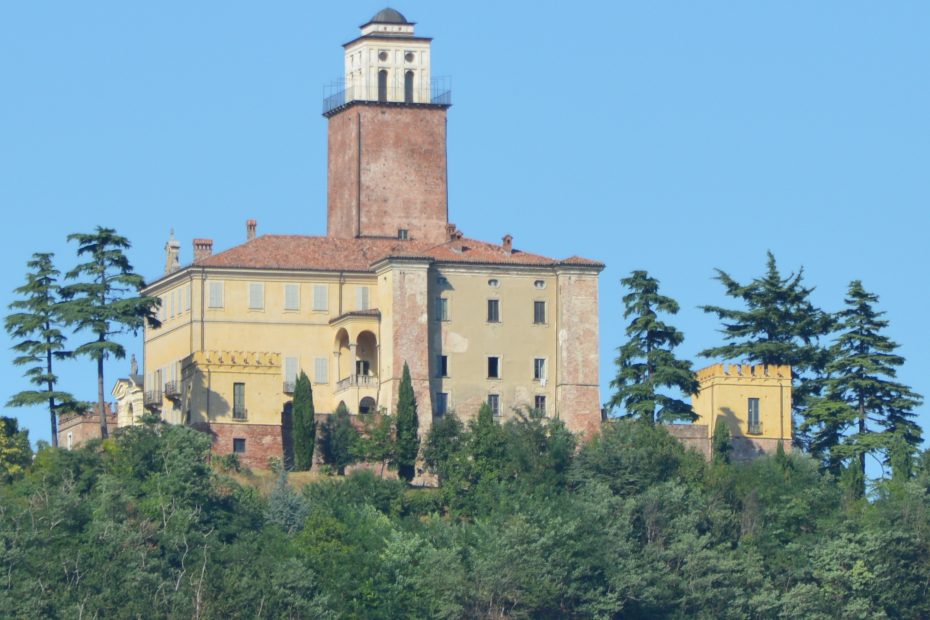It was the nineteenth century and the telegraph (syncretic Greek words write, fast) optical mechanic lapped five village of Monferrato (Tribecco of Villadeati, Novi, Monte Valenza, Montecastello, Lu) separated from the distance and today spread over the soil of the province of Alexandria. The tachograph (fusion of Greek voices write, far) conceived by Abbot Claude Chappe (Brulon, 25 December 1763 – Paris, 23 January 1805) transmitted the information to the militiamen equipped with a telescope to decipher the shorthand code to narrow the timing of communication and ensure secrecy. The movable arm device (the dancing line on the vertical pole) was hoisted on the stations located on the natural and artificial heights. The letter sent by the courier on horseback was added to protect the utility from fog and rain.
Napoleon. king of Italy from 26 May 1805, wanted to accelerate communication from France to the Italian soil removed from the Habsburg yoke and, thus, in Milan ran the telegraph line of 850 km to connect Paris, Lyon, Turin, the capital city (Kingdom of Italy, 1805 – 1814), Mantua, Venice. The Piedmontese segment crossed ten bases located from the Moncenisio pass to the hill of Superga and then followed the route along the Monferrato and arrived at the Po river. The line opened the offshoots from the keep of Montecastello to the duchy of Parma and from the medieval civic tower of Lu to Novi and the Ligurian Riviera. Chappe’s revolutionary telegraph was blessed by the timescale reduced from the essential week to the fastest relay over three hours needed to transmit information from Milan to Paris and from 1856 replaced by the electric model.
